Cattle die, kinsmen die, all men are mortal. Words of praise will never perish nor a noble name.”
This is a stanza from the Hávamál, a collection of Old Norse poems attributed to Odin. It reflects the idea that while individuals may perish, their deeds and reputations can endure. Viking symbols have fascinated people for centuries, representing the rich history and culture of the Norse seafarers. In this article, we will delve into the captivating world of Norse symbols, exploring their origins, common meanings, and lesser-known variations.
I. History of Viking Symbols
To understand the significance of Viking symbols, it is crucial to explore their historical context. The Vikings – fierce warriors and adventurers from the late 8th to the early 11th century, originating from the Scandinavian region. They had a rich culture and used various symbols that held significant meanings for them. But here’s the cool part: they didn’t just use Norse symbols randomly. However, they were like pros at turning Viking symbols into a language – a way to talk, express their beliefs, and even keep themselves safe. These symbols were intricately woven into their daily lives, from their weapons to their ships. Moreover, Viking symbols weren’t just there to look cool; they were like a Viking’s way of saying, “This is who I am, and here’s what I stand for.”

II. Common and Well-known Viking Symbols
Now, we set our sights on the most common and well-known symbols synonymous with the legendary Norse seafarers. These symbols have captured the imagination of people worldwide, representing the strength, bravery, and mystique of the Vikings. So, let’s hoist the sail and embark on this exciting journey!
1. Thor’s Hammer (Mjölnir)
Mjölnir, the fabled hammer wielded by Thor, is an enduring symbol deeply ingrained in Viking culture. This legendary weapon represents not only immense power but also serves as a symbol of protection and the ability to repel malevolent entities. Its distinctive shape, resembling a hammer with a short handle and a large, blocky head, has become instantly recognizable. The craftsmanship of Mjölnir is often adorned with intricate knotwork or Viking runes, further enhancing its mystical allure. These designs not only add aesthetic beauty but also hold deeper meanings. For example, wearing a Mjölnir necklace symbolizes the interconnectedness of all things in Norse mythology, while Nordic runes contain powerful spells or invocations.
2. Valknut (Knot of Slain Warriors)
The Valknut, also known as the “knot of slain warriors,” is a symbol associated with Odin, the Allfather. Comprised of three interlocking triangles, it is believed to represent honor, bravery, and the cycle of life and death. During the Viking Age, many Viking warriors carved Valknuts into the hilt of a Viking’s sword or engraved on a memorial stone to represent valor and the interconnectedness of life and death. Besides, some interpret it as a guide for fallen warriors to find their way to Valhalla, the great hall of Odin. In this context, the Valknut symbol is a spiritual compass guiding the souls of deceased warriors to the afterlife. Today, some people get a Valknut tattoo or wear a Valknut ring to represent a connection to Odin, the father of the gods, and his wisdom, guidance, and protection.

3. Viking Compass (Vegvisir)
The Vegvisir, often referred to as the “Viking compass,” holds a special place among Norse symbols as a guiding force and protective talisman. It is believed to aid travelers in finding their way through treacherous seas or unfamiliar territories. This symbol, however, commonly depicted as a compass with eight arms radiating from a central point. It has gained popularity in modern times as a symbol for navigating life’s journey.
Even today, you can see the Vegvisir appearing on a protective amulet or carved on the Viking ships. The eight arms of the Vegvisir aren’t just artistic elements; they represent a compass rose guiding the traveler in all directions, a symbolic assurance of safe navigation through the vast and unpredictable realms. Additionally, many people wear a Viking compass ring as a personal talisman, seeking its assistance in charting their own course and staying true to their purpose.
4. Helm of Awe (Aegishjalmur)
The Helm of Awe, also known as Ægishjálmr, holds a prominent place among Viking symbols, representing protection and courage in battle. This potent symbol was believed to instill fear in enemies and bestow upon the wearer strength and resilience. Its intricate design, often featuring eight arms radiating from a central point, signifies its formidable nature and serves as a visual representation of its power.

Beyond its aesthetic appeal, the Helm of Awe’s intricate pattern and symbolic significance make it an emblem of great importance in Viking culture. Its use as a protective talisman and its ability to bolster courage in battle exemplify the Vikings’ belief in the supernatural powers of symbols. For example, each Helm of Awe symbol on the Viking arm bracer serves as a testament to the warrior’s commitment to facing challenges head-on.
5. Tree of Life (Yggdrasil)
Yggdrasil, also known as Tree of Life, stands as the mythical world tree that serves as a vital link connecting the nine realms of Norse cosmology. This symbolizes not only the interconnectedness of all things but also represents the profound cycle of life, death, and rebirth that permeates Norse mythology. Its branches stretch towards the heavens, reaching for celestial realms, while its roots delve deep into the underworld, tapping into the depths of cosmic existence. You can see a striking depiction of Yggdrasil on the Gosforth Cross, an ancient stone cross located in Cumbria, England. Carved onto this monumental artifact are various scenes from Norse mythology, including a prominent representation of Yggdrasil.

6. Triquetra (Celtic Knot)
The Triquetra, also known as the Celtic Knot, is a symbol that originated in Celtic culture but has also been adopted and used by Vikings. It consists of three interlocking loops or arcs, creating a continuous and unbroken pattern. The three interlocked loops symbolize the cyclical nature of life, as well as the harmonious balance between different aspects. The Oseberg ship, an ancient Viking burial vessel discovered in Norway, features intricate carvings that include the Triquetra symbol. Nowadays, the Triquetra symbol is commonly appearing on Viking-inspired jewelry and personal items. For example, you can find Triquetra designed on Viking rings, pendants, and brooches. These items were not only functional but also served as expressions of personal style and cultural identity.

7. Wolves (Celtic Wolf Vs. Fenrir Wolf)
While wolves hold significant symbolism in Viking culture, it’s important to note that the specific symbols of the Celtic Wolf and Fenrir Wolf are distinct from each other. The Celtic Wolf is a symbol associated with Celtic mythology and art, rather than exclusively Viking culture. In Celtic folklore, the wolf represents guardianship, loyalty, and a connection to the natural world. Therefore, in modern times, many people choose Celtic wolf rings as promise rings to represent loyalty and commitment.

The Fenrir Wolf, on the other hand, is a prominent figure in Norse mythology and Viking symbolism. Fenrir is a monstrous wolf, the son of Loki, and is foretold to play a significant role in Ragnarök, the end of the world. This ferocious creature represents chaos, destruction, and untamed power. The binding of Fenrir by the gods showcases their attempts to control and contain this destructive force. You can find the Fenrir Wolf symbol in some Viking artifacts, such as carvings on runestones or depictions in ancient Norse artwork. The imagery often showcases the wolf’s immense size, strength, and the chains that bind him until Ragnarok.
III. Lesser-Known Viking Symbols
While some Viking symbols like Mjölnir and Valknut are well-known, there are indeed several lesser-known symbols that hold significance in Viking culture. Here are a few examples:
- Nidhogg: The Nidhogg is a dragon or serpent from Norse mythology that gnaws at the roots of Yggdrasil. It represents chaos and destruction. While not a traditional symbol, depictions of Nidhogg can be found in Norse artwork.
- Hrungnir’s Heart: Hrungnir’s Heart is a symbol named after the legendary giant Hrungnir. It represents courage, fortitude, and determination. The symbol features a heart-shaped design with various Norse runes, often associated with bravery and resilience.
- Gullinbursti: Gullinbursti is a symbol representing Freyr, the Norse god of fertility and prosperity. It takes the form of a boar with golden bristles. This symbol is associated with abundance, wealth, and good fortune.
- Horn Triskelion: A lesser-known variation of the Triquetra, the Horn Triskelion features three interlocking drinking horns. It is associated with toasting, celebration, and the bonds of kinship.
- Huginn and Muninn: Huginn and Muninn are two ravens associated with Odin. They represent thought and memory, serving as Odin’s messengers and sources of wisdom. These ravens are often depicted together or individually, symbolizing knowledge, foresight, and the connection between the divine and mortal realms.
These lesser-known symbols may not be as widely recognized as some of the more popular ones, but they offer additional insights into the diverse and intricate symbolism present in Norse culture.
IV. Conclusion
Viking symbols hold a deep significance in Norse culture, reflecting their beliefs, values, and aspirations. From the well-known Thor’s Hammer to the lesser-known Nidhogg, each symbol carries a unique meaning that resonates with people even today. By understanding these Nordic symbols, we gain insight into the rich heritage of the Vikings and appreciate their enduring legacy.
Daisy
Daisy Wang is a talented and passionate writer known for her captivating storytelling and love for literature. With a diverse background and a bachelor's degree in English Literature, Daisy brings a unique perspective to her work. Her areas of expertise span various subjects, including history, fashion, and lifestyle. Through her words, Daisy aims to inspire curiosity, foster meaningful connections, and leave a lasting impact on readers.
5 Comments
Leave a Reply Cancel reply
Recent Posts
Your Goth Christmas Style Guide
11/25/2025Cybergoth Aesthetic
11/11/2025How to Prepare for Halloween Night
10/28/2025Categories
Related Articles
Your Goth Christmas Style Guide
The holiday season is often painted in bright reds, greens, and sparkling...
ByAlicia11/25/2025Moss & Misdemeanor: Fairy Grunge Style and Outfits
The fashion world constantly mixes ideas to create new, unique looks. The...
ByAlicia11/18/2025Cybergoth Aesthetic
The alternative landscape is constantly evolving, but few aesthetics hit as hard...
ByAlicia11/11/2025How to Prepare for Halloween Night
As the leaves change and the air turns crisp, the excitement for...
ByAlicia10/28/2025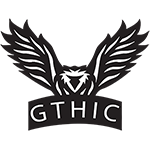





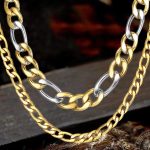
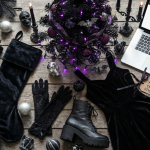
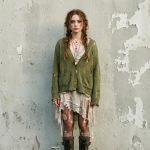
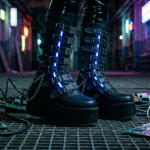

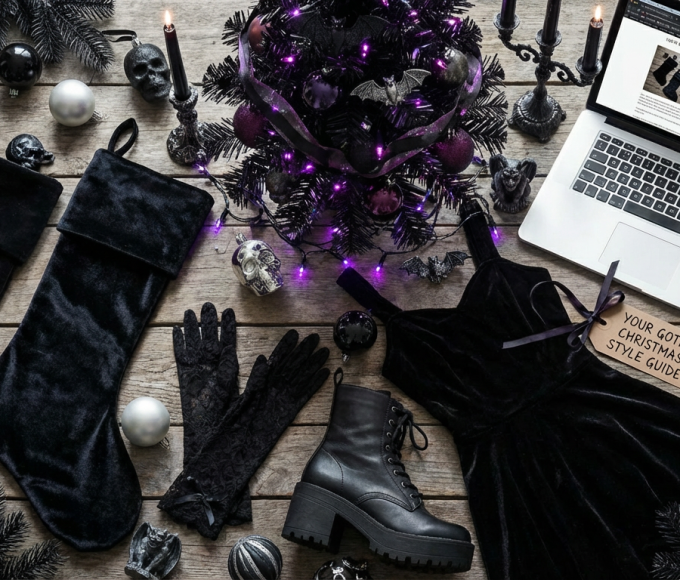
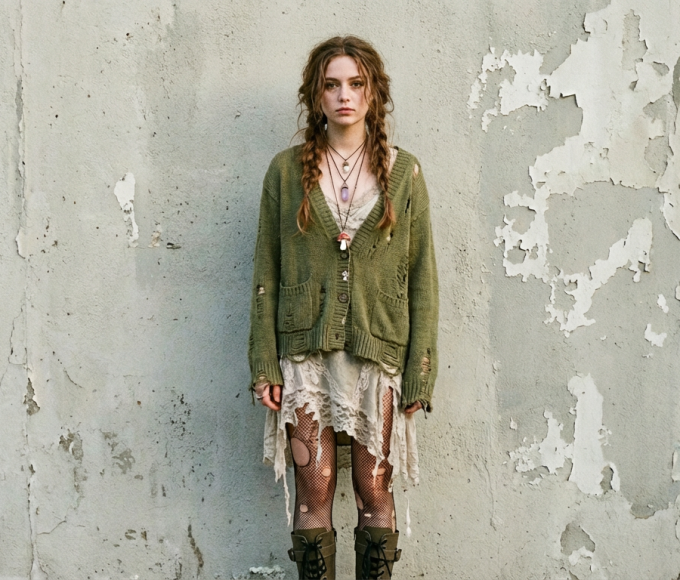
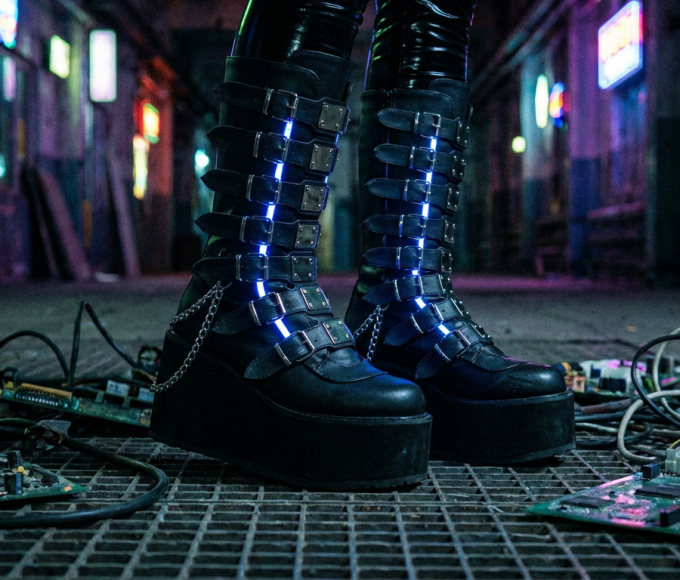
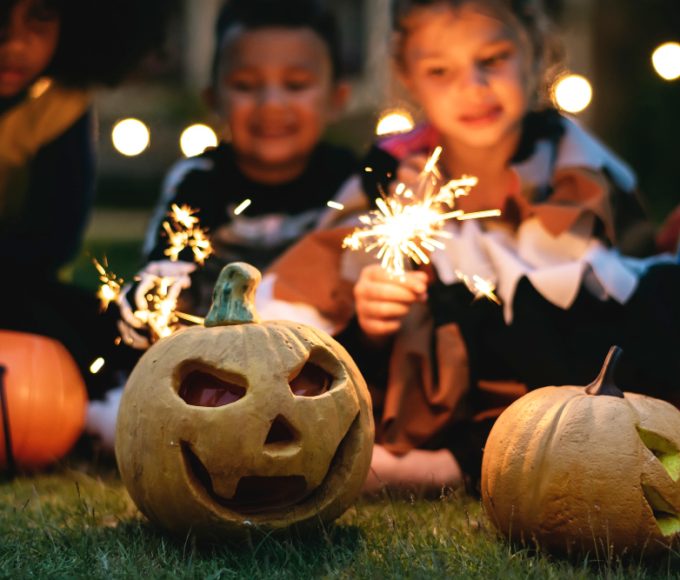
Somebody essentially lend a hand to make significantly posts I might state That is the very first time I frequented your web page and up to now I surprised with the research you made to create this particular put up amazing Excellent job
Thank you so much for your kind words! I’m delighted to hear that you found the content valuable and the post amazing. If there’s anything specific you’d like to see more of or if you have any questions, feel free to let me know.
This is the first time I frequented your web page and up to now, I am surprised by the research you made to make this actual post incredible. Fantastic job!
Thank you so much for your kind words! I’m thrilled to hear that you enjoyed your visit to our web page and found the post incredible. Your positive feedback is truly appreciated, inspiring us to continue delivering valuable content.